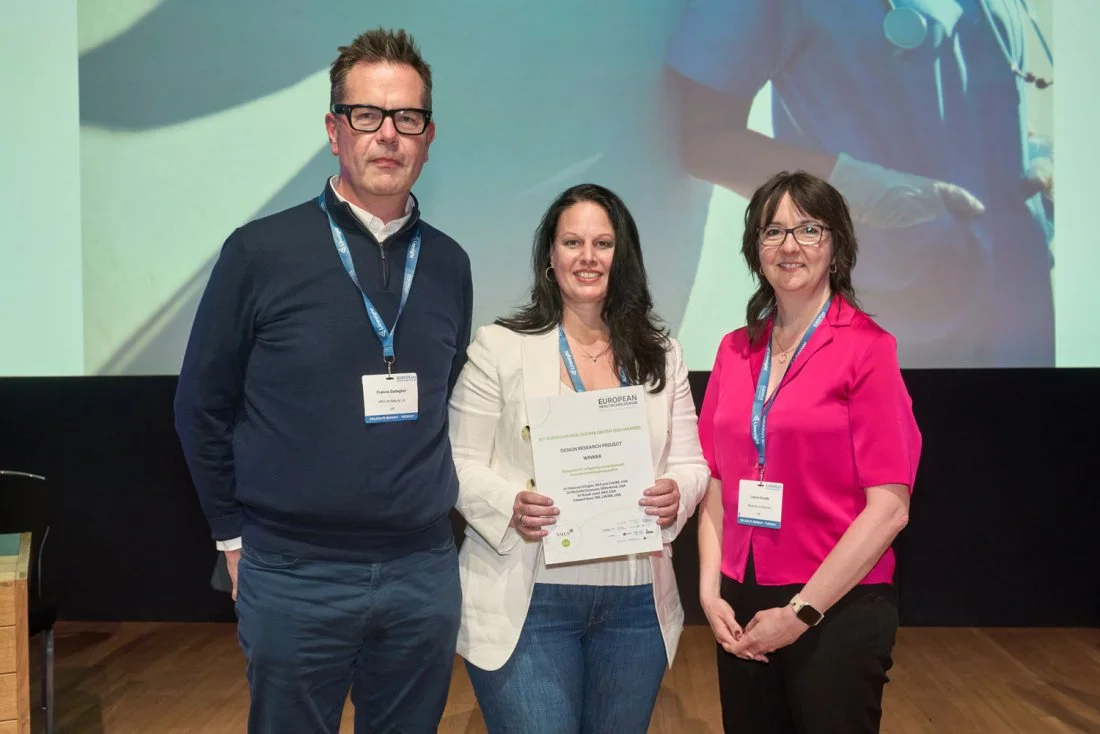How can we know the intended purpose of our designs if we don’t follow up and measure it? Transparency around post-occupancy evaluations (POEs) in K-12 schools remains scarce. Despite encouragement from industry organizations like the American Institute of Architects (AIA), Council of Educational Facility Planners International (CEFPI), the Association for Learning Environments (A4LE), and EDmarket to include robust POEs, available post-occupancy data on how designs support all stakeholders is hard to come by.
Only a fraction of the highest grossing K-12 architecture firms share transparent POE data. The CAUSE team reviewed BD+C’s list of leading firms, searching for publicly available POE reporting. What we found was a striking lack of transparency. This contradicts industry principles championed by organizations like AIA. While non-disclosure agreements and intellectual property concerns may limit what firms wish to publicly release, keeping this information locked away prevents schools and communities from understanding how well these designs truly support student growth and well-being.
Public policy represents a key tool to change this landscape. Public school projects are usually funded by public money, which means policymakers can set expectations for how their projects are evaluated once they are completed. Despite this opportunity, most current policy doesn't directly address whether project outcomes are transparency communicated to the public that funded them through POE results.
Federal Policy
As the country transitioned from the No Child Left Behind Act to the Every Student Succeeds Act (ESSA) in 2015, there were still no mandates for post-occupancy evaluations (POEs). ESSA prioritizes school performance metrics like reading, writing, and math but does not require or standardize assessments of the built environment. With no clear mandate, local education agencies must determine if and how to conduct POEs. They often lack the funding, staff, or expertise needed to conduct comprehensive evaluations themselves.
Federal education grants, such as those under Title I, are designed to require accountability for how funds are spent, but the focus is primarily on academic outcomes rather than the physical conditions of school facilities. While there are provisions for monitoring school conditions, the lack of standardized procedures for evaluating school buildings means that these requirements are often overlooked or inconsistently applied. This disconnect between policy and practice means that school designers and administrators are not incentivized to prioritize POEs in the same way they might prioritize direct measures of academic performance.
The Freedom of Information Act (FOIA) provides a potential avenue for greater transparency in POEs by mandating that federal documents be made publicly available. Unfortunately, few post-occupancy studies are made public through this channel, largely due to the lack of a standardized procedure for sharing this information. There is little information on the percentage of total buildings that have had post-occupancy evaluations conducted, but some experts say it may be as low as one percent.
This lack of open data also stands in contrast to the growing momentum around open science policies in other sectors. The Open Science Foundation and other archival initiatives have helped improve data access in fields like urban planning and public health, where data transparency is increasingly seen as vital to improving outcomes. However, K-12 education design has been slow to embrace open practices that could allow designers, school districts, and policymakers to improve the positive impact of educational environments.
Popular Certification: A Limited Impact
There are over 5,000 LEED-certified schools in the United States, a number that is often touted as a sign of progress in sustainable school design. However, this represents less than 2% of the total number of K-12 schools in the country. The vast majority of schools are not benefiting from the rigorous evaluation processes associated with LEED certification. LEED also focuses on environmental sustainability and does not systematically address the broader set of factors that contribute to a school's success. While sustainability is undoubtedly important, focusing on environmental standards alone neglects a key component of school design—how the physical space influences student learning and teacher performance. K-12 POEs should include the emotional well-being of students and the workplace outcomes of teachers.
Moving Toward Better Data and Accountability
The current landscape of POEs in K-12 schools is marked by a lack of consistent data collection, limited transparency, and insufficient policy support. If the industry and policymakers are serious about improving school design, they must take concrete steps to encourage the widespread adoption of high-quality POE methods. This process must include standardized methodology for evaluating school buildings, procedures for data sharing and clear reporting, and integrating post-occupancy performance as a key component of accountability frameworks under ESSA and other education-related policies.
Without a clearer policy mandate and a cultural shift toward data transparency, the K-12 education system will continue to operate in the dark when it comes to understanding how design impacts educational outcomes. Only by prioritizing transparency and evidence-based practices can we begin to build schools that truly serve the needs of students, educators, and the communities they are designed to support.



